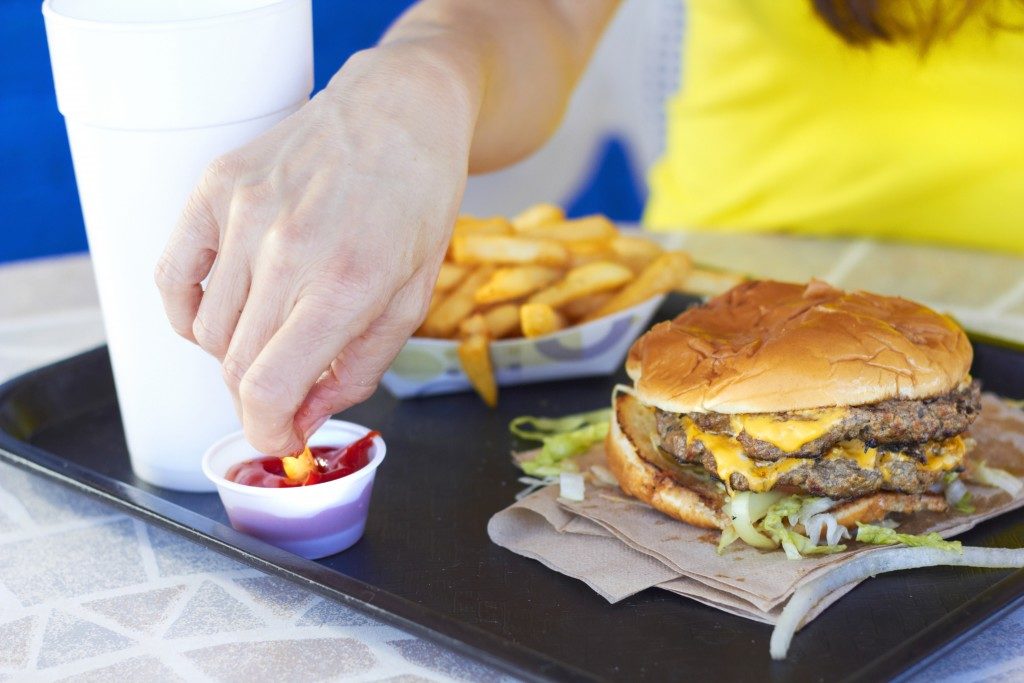Early October last year, Centers for Disease Control and Prevention (CDC) declared that more than 1 in 3 Americans eats fast food on a given day. They also said that fast food consumption decreased as people get older. Can you imagine how much oil is used for every meal and how many liters of soda people consumer every year? Beyond that, can you also imagine how much food is wasted every year?
Sustainability isn’t just a fad millennials and Gen Z kids came up with. It’s an eco-conscious lifestyle some restaurants and foodies embrace to minimize one’s carbon footprint while still eating delicious food.
The statistics show it all
There are 194,723 quick-service restaurants all around the country as of 2018 according to statistics website Statista. In the country, almost half of all produce is thrown away according to The Guardian. That’s equivalent to 60 million tons of produce in a year, all amounting to $160 billion. By average, each restaurant theoretically throws away almost $850,000 worth of food annually.
It’s also worth noting that food waste isn’t the only thing that fast-food chains and restaurants, in general, send to landfills. Printed materials, batteries, multiple-use plastic service trays and baskets, plastic straws, cups, and french fry boats are either overlooked or recycled wrong. This is why sustainability should be a priority for everyone, not just restaurants, but for you, the consumer, as well.
Sustainable restaurants
 It’s hard to imagine the words sustainable and restaurants in the same sentence. However, despite the huge wastage involved in the food industry, some fast-food chains and restaurants implement sustainable practices, not because of their environmental impacts, but because of profitability.
It’s hard to imagine the words sustainable and restaurants in the same sentence. However, despite the huge wastage involved in the food industry, some fast-food chains and restaurants implement sustainable practices, not because of their environmental impacts, but because of profitability.
For example, recycling is always in the best interest of most restaurants. Ask yourself, what do restaurants do with used cooking oil? You could only use cooking oil for so many times, after all. If they can’t reuse the vegetable oil anymore, they sell it to vegetable and animal oil buyers like GFCommodities.com. These companies convert the used oils into biofuel. They saved money and disposed of something properly, too.
What about the food? Instead of disposing old food and contributing to the ever-rising landfills in America, some restaurants donate still-edible food to the hungry.
Sustainability should be a responsibility, not just a unique selling point. After all, there isn’t a food or ingredient wasted if everything has been put to use. That’s how sustainability works. That’s what everyone should strive for.
Sustainability education
Sustainability is a learned lifestyle. By going to restaurants that promote a sustainable lifestyle, you learn to be more conscious of what you do to the environment. From coffee shops that don’t sell plastic to-go cups and ban straws to fast food chains donating their food to nearby shelters, these small sustainability steps teach you there are better ways of doing things.
You can bring your tumblers with drink-through lids; most coffee shops allow this. Finishing your food counts as well, as you’re limiting your food wastage. If you’re looking for places to eat that donate surplus food to nonprofits that feed the hungry, you can install Goodr on your phone to find restaurants that do this.
To quote a character from the TV show Agents of SHIELD: “The steps you take don’t need to be big; they just need to take you in the right direction.” Small steps to eco-friendliness and restaurant sustainability allow us to live in a world with smaller landfills and happier palates.







